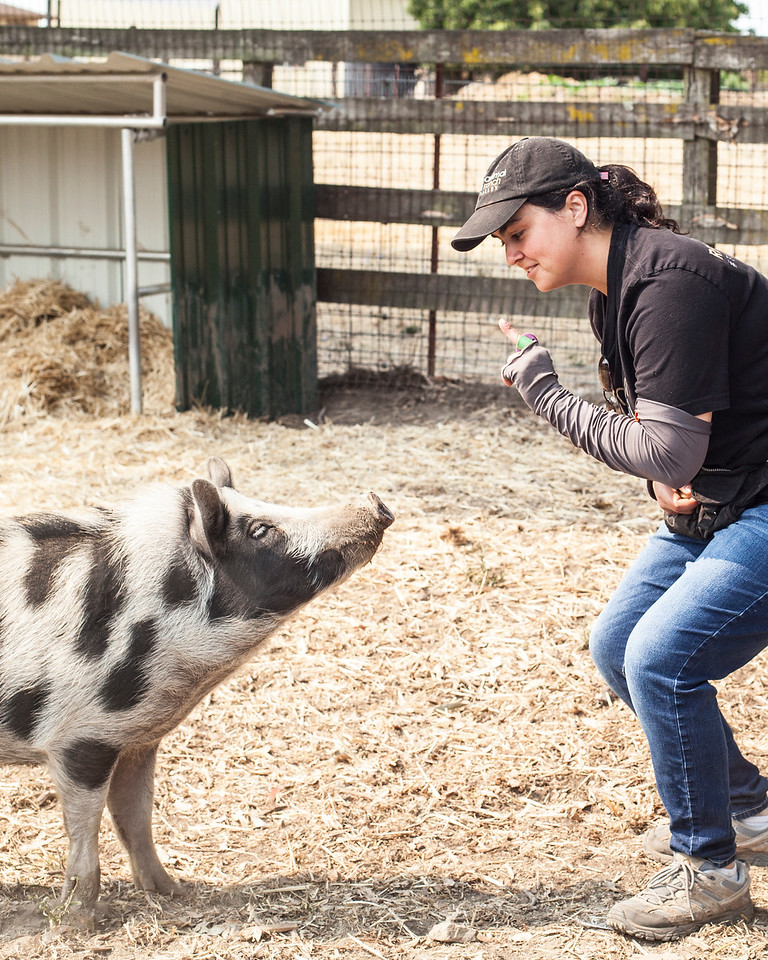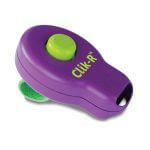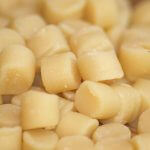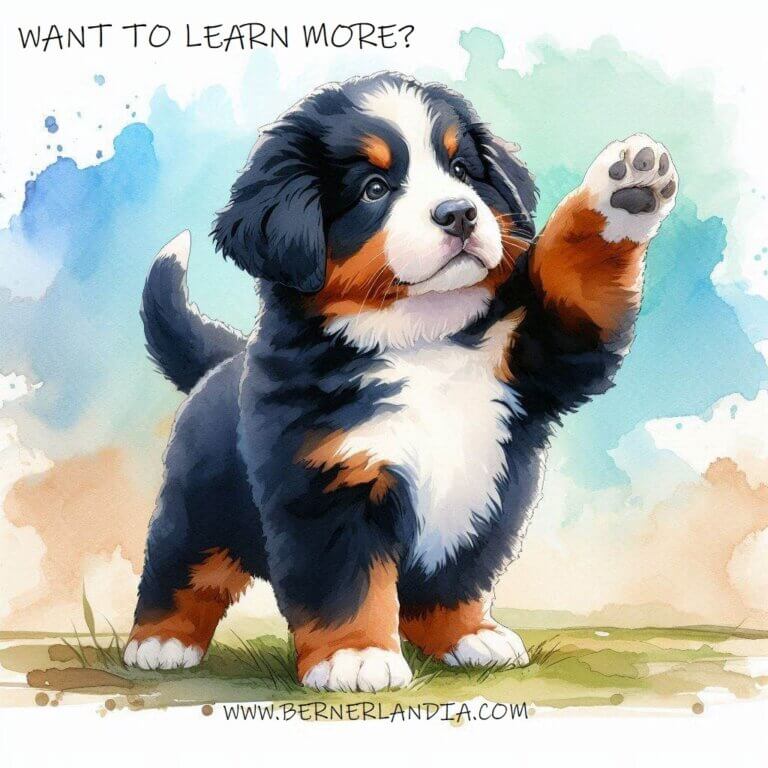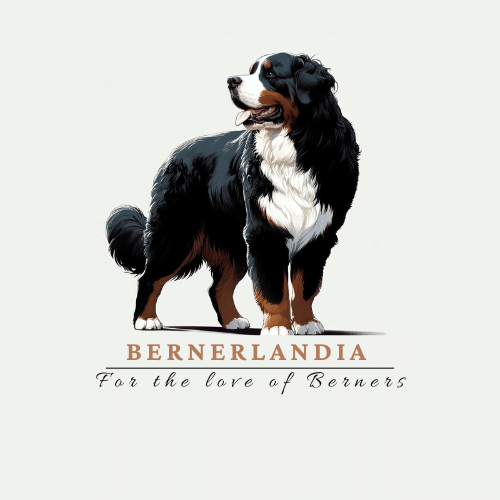
puppy culture™️
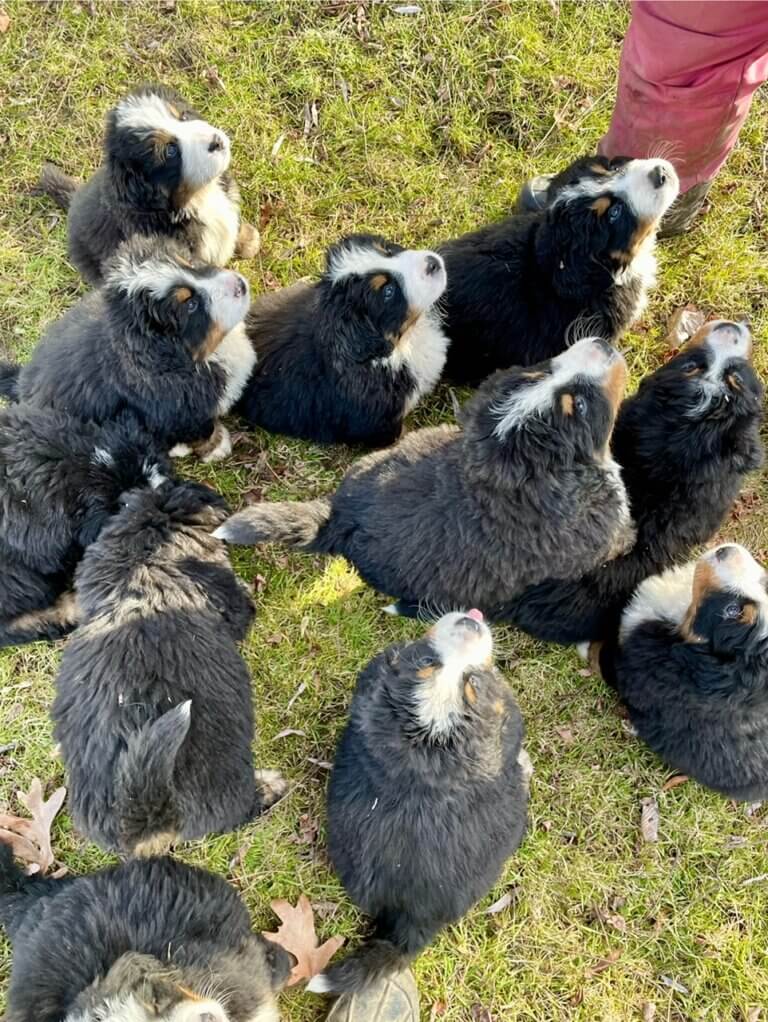
Training - Why post about it?
We know tricks are not inherited nor is not chewing on shoelaces. So, why does training matter from a breeder point of view?
The key word is: Temperament.
Happy, tired, worked and fulfilled minds make for excellent temperament. Of course, this goes hand-in-hand with Intelligence and disposition; which can be inherited. All our dogs / pups receive obedience, breed specific, crate and veterinary specific training.
Training provides pets with tools for interacting with people, other pets, and breed specific training engages their minds in the things they were bred to do.
This in return will be passed on to their own pups, providing for calm, gentle, and people oriented behaviors during their time together that will, hopefully, one day enrich the lives of your family.
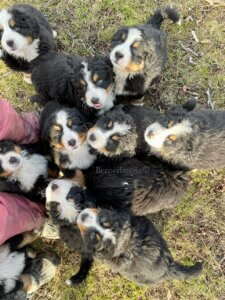
Puppy Culture™
How we take it a step further
What is Puppy Culture?
In a nutshell, Puppy Culture is doggy kindergarten.
The first twelve weeks of life of any puppy are filled with incredible amount of formative behavioral and psychological markers. Puppy Culture is a program that creates a path for Breeders and Owners to provide puppies the best building blocks for the rest of their lives. It helps cement the foundation for better and more resilient responses (physically and emotionally).
In other words, it is learning in doggy language how to comprehend the human “ABC’s”.
Some items that form part of the Puppy Culture program are:
- Early Neurological Stimulation (ENS) to enhance the development of strong nervous systems.
- Barrier Challenge to instill problem-solving ability and teach the puppies frustration tolerance.
- Clicker training to teach the puppy how to learn, how to enjoy learning, and how to seek out learning
- Conditioned Emotional Responses (CER) to teach positive associations with important puppy skills, such as crate training, grooming, veterinary handling, enjoying the company of humans, and having manners.
- Habituation to and desensitization of loud noises and new experiences, such as a vacuum, lawn mower, and roller suitcase.
- Attention to People to teach a puppy to be to make eye contact with humans, and to use this as a communication method.
- Puppy Parties to teach the puppies to engage confidently with humans and enjoy activities with humans.
- Manding, which is a way of teaching puppies to offer polite behaviors and asking for attention, instead of jumping, barking, etc.
- Puppy obedience, such as sitting, walking on a leash, and waiting at doors.
Puppy Culture™ at Bernerlandia
Puppy Culture™ FAQ
Puppy Culture sounds too good to be true. Is it really worth it?
Yes. It truly makes a palpable difference in our puppies and dogs.
Can I provide Puppy Culture experiences to my own adult dogs and puppies?
Yes, you can! We encourage you to learn as much as possible before trying any techniques however. Every puppy / dog is different, there are developmental markers that should be ideally followed. Too much or too little exposure may also create different results.
You say my puppy has been exposed to a potty pad area, will it be house broken?
No.
However, puppies will be familiar with a potty area, and they will need to familiarize themselves with this area in their new home. Remember puppy bladders are tiny, and young puppies potty on brain signaling (Full bladder = pee here.) For more information in this regard please check our blog entry The Wet Sock Vortex
Will my puppy be fully trained when it gets home after being exposed to the Puppy Culture program?
No.
Remember Puppy Culture is like kindergarten. It provides foundational skills, as a puppy parents there’s a lot of work to be done to build well adjusted, well trained Berners.
Want to learn more? Here are some helpful links:
Training
Other than Puppy culture
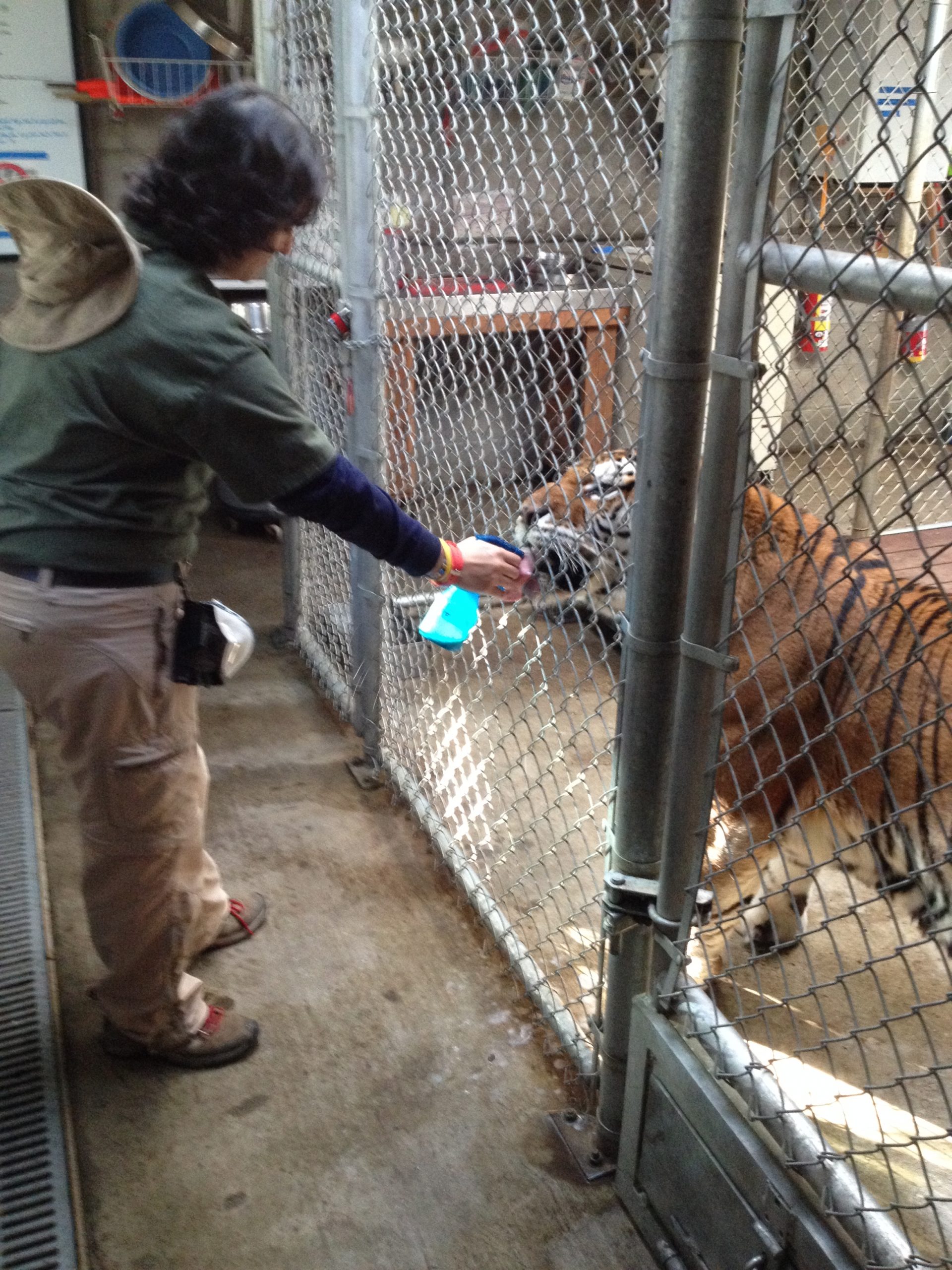
A WORD ABOUT TRAINING STYLES
There are 4 basic training styles:
- Positive Reinforcement
- Negative Punishment
- Positive Punishment
- Negative Reinforcement

For the first time owner learning about these techniques can sound confusing. I will briefly describe them here.
Positive Reinforcement: involves providing the pet something they desire (treat, petting, toy) when an action you request is fulfilled. Example: “Sit” the dog sits, the dog gets a treat, petted or a special toy.
Negative punishment: even though it sounds harsh, it actually doesn’t involve any physical contact as most people would believe. This type of training involves removing a positive (treat, attention, toy) from the pet when the situation is not called for. Example: Dog jumps on person, person walks away, this removes attention the dog is seeking.
Positive Punishment: involves adding stimuli to remove a behavior (swatting, hitting, etc.)
Negative Reinforcement: is removing a stimuli from a pet when it performs the action asked; say perimeter electric fencing: if the pet crosses it, it will be shocked until it comes back into the perimeter and the shocking will stop.
TRAINING: THE SECRET SAUCE
To quote Mr .Ping from Kung Fu Panda: “There is no secret ingredient.”
We use the simplest and yet most complex tools of the trade: Clicker, Buddy System, Treats, Patience, and most importantly REPETITION.
We like to call the combination of Patience & Repetition: Discipline.
It is important to mention the word Discipline in this website/blog/content, refers to human discipline. Defined here as: making constant and repetitive efforts to achieve a result.
Please remember dogs are individuals. Not one dog will respond to training like another. Dogs feed on our energy, always attempt to train when your mood is on an upswing. Have fun with your doggos, and if you need help, ask! We have all been there.
Repetition is your friend
